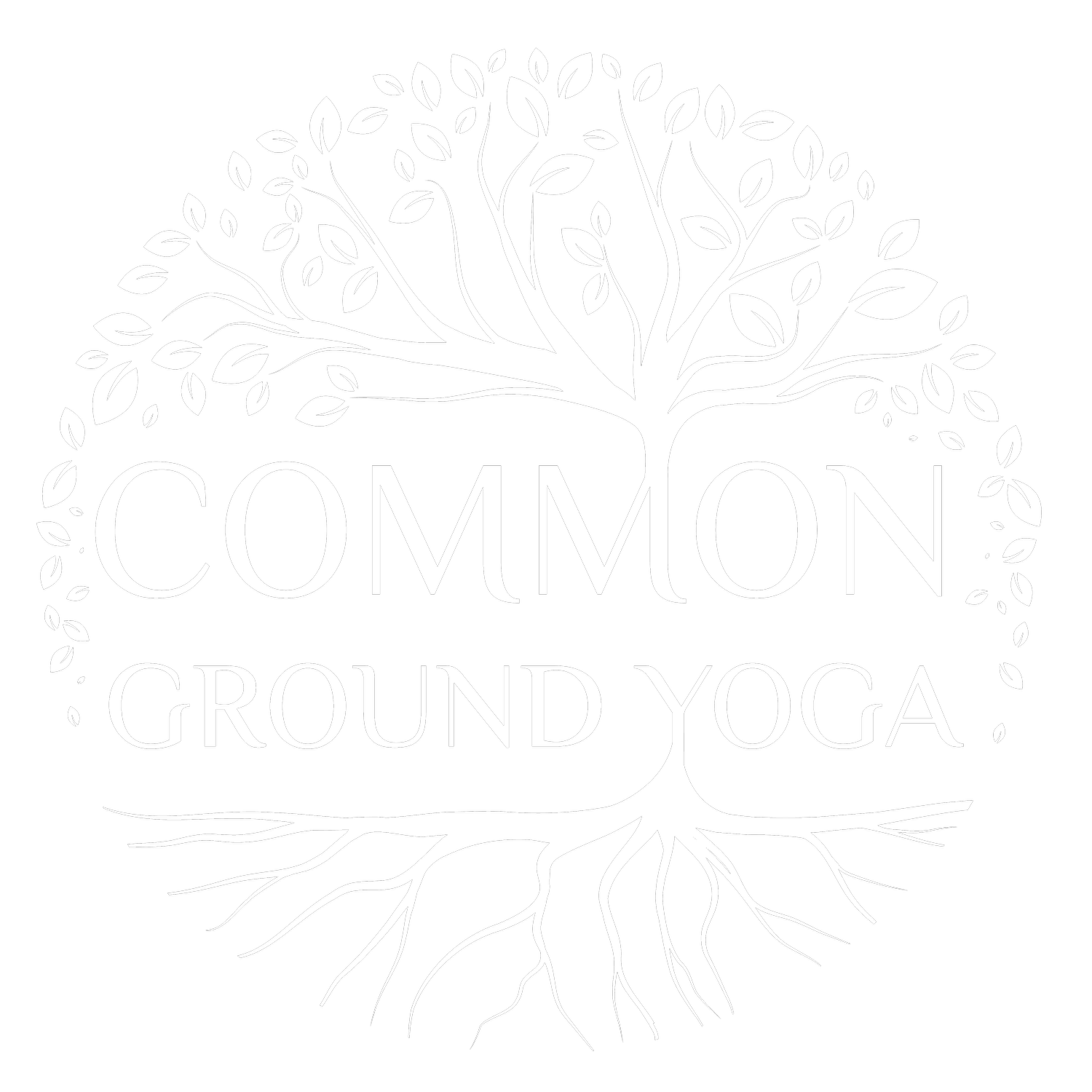aging like a champ
As we age, it becomes increasingly important to prioritize our physical health and well-being. One crucial aspect of maintaining a healthy lifestyle is incorporating strength training and resistance exercises into our routines. In this blog post, we will explore the significance of adding strength training to counteract muscle loss, while also discussing the importance of proper nutrition and regular movement practices like yoga to support healthy aging.
1. The Battle Against Muscle Loss:
With age, our bodies gradually lose muscle mass, a condition known as sarcopenia. This can lead to reduced strength, mobility, and increased risk of injuries. However, strength training can help counteract these effects. Here's why it's important:
a) Increased Muscle Mass: Engaging in regular strength training exercises stimulates muscle protein synthesis, which helps maintain and increase muscle mass. By incorporating resistance training into your routine, you can slow down the age-related decline in muscle mass and strength.
b) Improved Bone Health: Strength training not only strengthens muscles but also increases bone density. This is particularly crucial for older adults, as it helps prevent osteoporosis and reduces the risk of fractures.
c) Enhanced Functional Independence: Maintaining muscle strength and balance through strength training can significantly improve functional abilities, allowing you to perform daily tasks with greater ease and reducing the risk of falls.
2. Fueling the Body: Nutrition for Healthy Aging:
Alongside strength training, proper nutrition plays a vital role in healthy aging. Here are two key considerations:
a) Protein: As we age, our bodies become less efficient at utilizing dietary protein. Therefore, it's essential to increase protein intake to support muscle maintenance and repair. Including lean meats, poultry, fish, legumes, and dairy products in your diet can provide the necessary amino acids for muscle health.
b) Fiber: Aging often leads to digestive issues and a slower metabolism. Incorporating fiber-rich foods, such as whole grains, fruits, vegetables, and legumes, can help regulate digestion, support gut health, and manage weight.
3. The Power of Movement: Yoga and Beyond:
Beyond strength training and nutrition, maintaining a regular movement practice like yoga is equally important for healthy aging. Here's why:
a) Flexibility and Mobility: Yoga promotes flexibility, mobility, and balance, which are crucial for maintaining independence and preventing injuries as we age. Regular yoga practice can help alleviate joint stiffness, enhance range of motion, and improve overall physical performance.
b) Mental Well-being: Yoga not only benefits physical health but also supports mental well-being. The combination of movement, breathwork, and mindfulness in yoga can reduce stress, anxiety, and depression, promoting emotional resilience and overall cognitive function.
Conclusion:
As we journey through life, it's essential to prioritize our physical health and make informed choices to ensure healthy aging. Incorporating strength training and resistance exercises into our routines helps counteract muscle loss and maintain strength and mobility. Additionally, focusing on a balanced diet with increased protein and fiber intake supports muscle health and overall nutrition. Finally, committing to a regular movement practice like yoga enhances flexibility, balance, and mental well-being. By embracing these practices, we can age gracefully and nurture our bodies for a vibrant and fulfilling life ahead.

